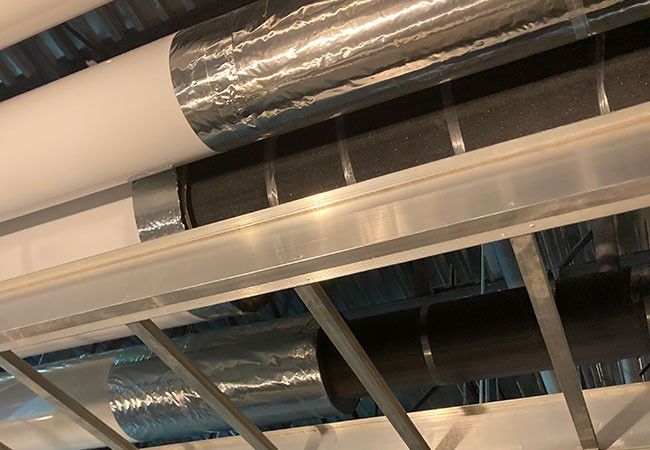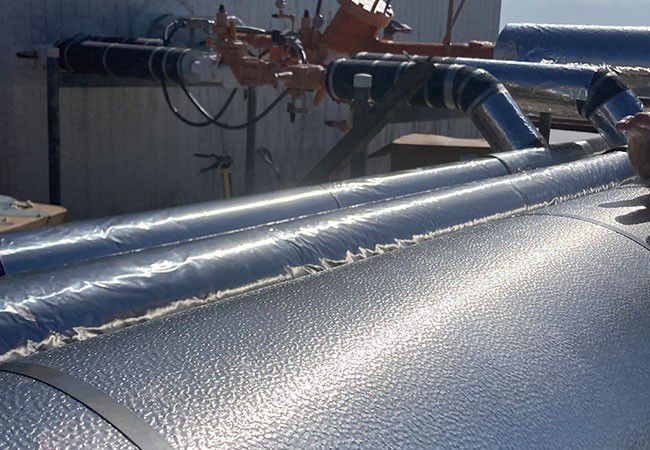DuPont™ Styrofoam™ Brand Pipe Insulation Billet
High R-value, Versatile Billet for Pipe Insulation Applications<br>U.S. HFC Regulation Compliant Formulation


DuPont™ Styrofoam™ Brand Pipe Insulation Billet
High R-value, Versatile Billet for Pipe Insulation Applications<br>U.S. HFC Regulation Compliant Formulation
Features & Benefits
Specifications
Standard Sizes
| Thickness | Width | Length | Edge Treatment |
|---|---|---|---|
| 7 in. | 14 in. | 109 in. | Square Edge |
| 8 in. | 16 in. | 109 in. | Square Edge |
Testing
<b>Styrofoam™ Brand Pipe Insulation Billet </b> exhibits the properties and characteristics indicated in the table below when tested as represented. Review all instructions and (Material) Safety Data Sheet ((M)SDS) before use. Please contact DuPont at 1-833-338-7668 when additional guidance is required for writing specifications that include this product.
| TEST METHOD | TEST TITLE | PROPERTY | RESULTS |
|---|---|---|---|
| FIRE | |||
| UL 723 | Test Method for Surface Burning Characteristics of Building Materials | Surface Burning Characteristics | Flame Spread ≤ 25 Smoke Developed ≤ 450 |
| THERMAL | |||
| ASTM C518 | Standard Test Method for Steady-State Thermal Transmission Properties by Means of the Heat Flow Meter Apparatus | Thermal Resistance per inch @ 75°F mean temp1 | 3.9 ft2 •h•°F/Btu, R-value, min. |
| ASTM D696 | Standard Test Method for Coefficient of Linear Thermal Expansion of Plastics Between −30°C and + 30°C with a Vitreous Silica Dilatometer | Coefficient of Linear Thermal Expansion | 3.5 x 10-5 in/in•°F |
| ASTM D2126 | Standard Test Method for Response of Rigid Cellular Plastics to Thermal and Humid Aging | Change in Dimensions | 2.0% change, max. |
| STRENGTH | |||
| ASTM D1621 | Standard Test Method for Compressive Properties of Rigid Cellular Plastics | Compressive Strength2 | 20 psi, min. |
| WATER | |||
| ASTM C272 | Standard Test Method for Water Absorption of Core Materials for Sandwich Construction | Water Absorption | 0.5% by volume, max. |
| ASTM E96 | Standard Test Methods for Gravimetric Determination of Water Vapor Transmission Rate of Materials | Water Vapor Permeance3 | 2.0 perm, max. |
1Values are consistent with the criteria of ASTM C578 and the requirements of the FTC R-value rule (16 CFR Part 460). R means resistance to heat flow. The higher the R-value, the greater the insulating power.
2Vertical compressive strength is measured at 10 percent deformation or at yield, whichever occurs first. Since Styrofoam™ Brand Extruded Polystyrene Foam Insulations are visco-elastic materials, adequate design safety factors should be used to prevent long-term creep and fatigue deformation.
3Based on 1” thickness.
